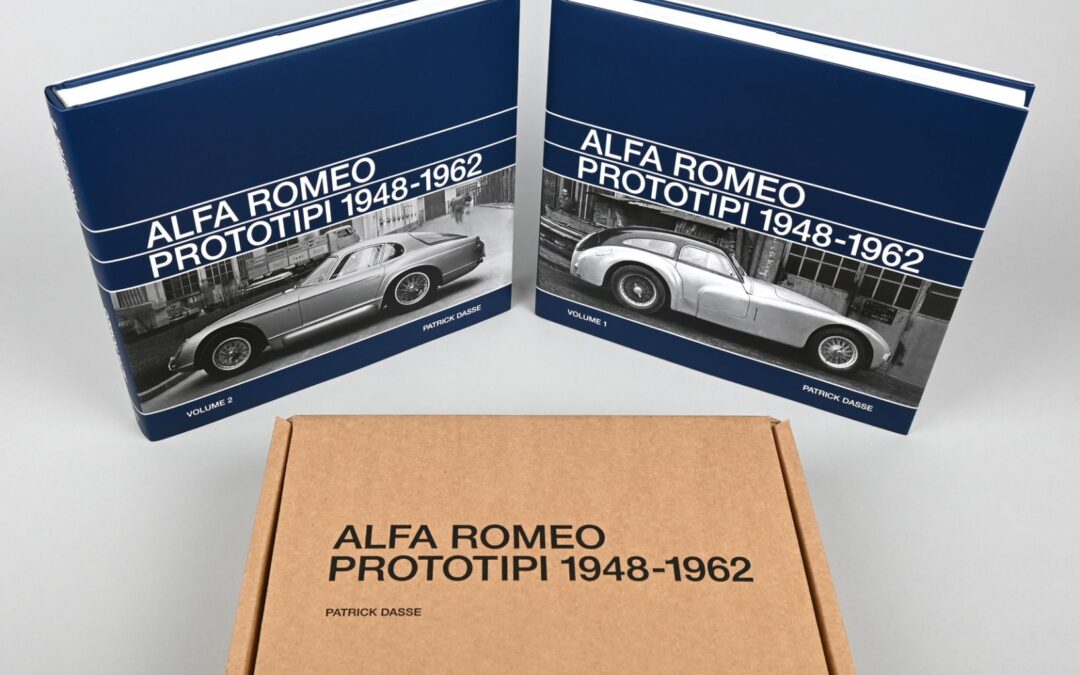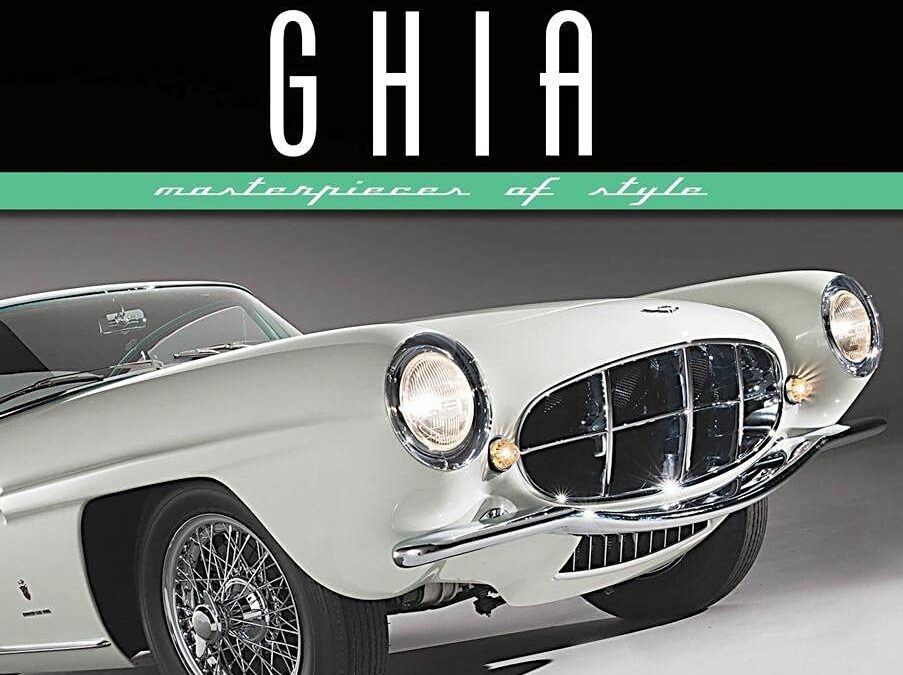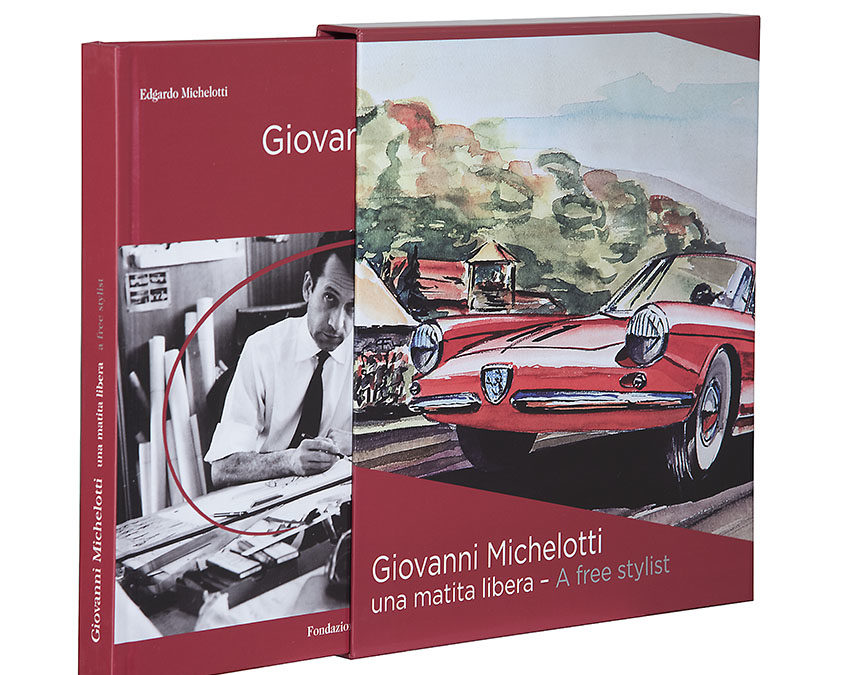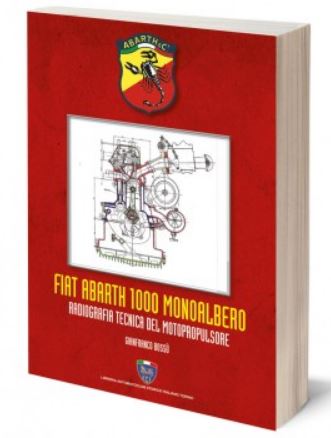
RADIOGRAFIA TECNICA DEL MOTOPROPULSORE
It is a manuscript, with original drawings by Gianfranco Bossù. The text of this volume tells in detail the technical history of a project born from the fervent and uncommon will of a man: Carlo Abarth and of modest but ingenious men, who knew how to develop an already exceptional engine, that of the FIAT 600. This “X-ray “Wants to be the memory of how in the post-war years we worked with few available means but with so much passion, enthusiasm and intelligence.
In these conditions, the idea was born and developed that transformed a standard solid powerplant into a true and refined racing unit, which in eight years of research the Abarth technicians brought from 27 to 112 hp. in the latest version of the polysferical chamber engine, commonly known as the “1000 Radial”.
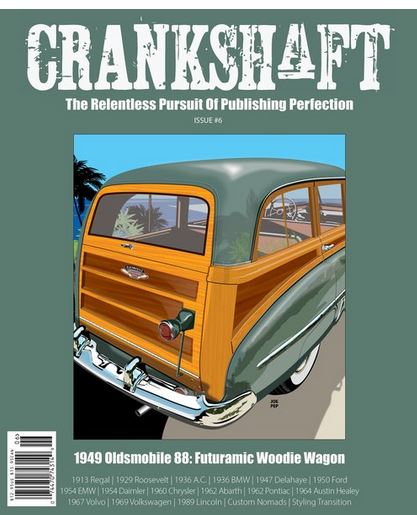
Three new sections make this issue a must-read edition. For American car enthusiasts it profiles a 1914 Regal, 1929 Roosevelt, an unrestored 1950 Ford Businesss Coupe, a 1949 Oldsmobile woody wagon, a 1960 Chrysler 300F under restoration, and a sensational 1962 Pontiac 421 Super Duty Catalina, plus a 1989 Lincoln. Foreign car buffs will want to read about the rarely seen 1934 BMW, a one-off 1936 A.C. Doctor’s Coupe, coachbuilt 1937 Delahayes, an all-original 1954 Daimler Conquest Roadster, an East German-built 1954 EMW, a very pretty 1962 Abarth, a 1964 Austin-Healey Sebring Sprite, a one-owner 1967 Volvo 122S from South Africa, and a 1969 VW Karmann-Ghia. Plus factory-customized 1955-’56 Chevrolet Nomads, 1932 Studebaker artwork , and a look at the beginning of Detroit’s streamlined era. All of this and more in this jam-packed issue that you won’t want to miss.
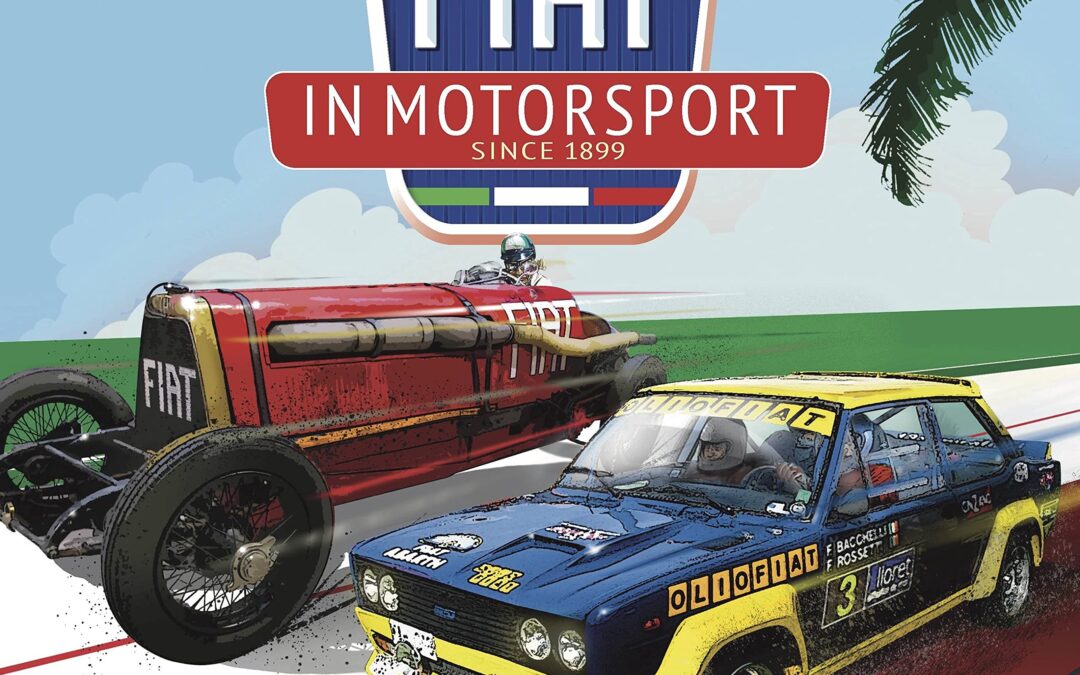
FIAT in Motorsport is an in-depth look at Fiat’s historical and prestigious involvement in all forms of motorsport. The achievements of the cars and drivers are described in detail, along with many original photographs, sourced from the official Fiat archives.
In the early days, before the First World War, Fiat was a major contender in Grand Prix racing, and employed many of the leading drivers of the era. Although it withdrew from Grand Prix racing in 1927, Fiat cars were still to be seen participating in high-profile races, such as the Mille Miglia. In these events most Fiat models were sports editions of the highly successful ’Balilla’ range. In 1952 the introduction of the sensational 8V coupé resulted in many racing successes in private owners’ hands, while the late 1950s saw the introduction of ‘Formula Junior’ class of racing and Fiat-engined cars were very successful in the early years.
In the 1970s, Abarth, then owned by Fiat, successfully ran the rally team, which resulted in three World Championships. Speed record attempts over the years are also detailed in this fascinating history of Fiat’s sporting achievements
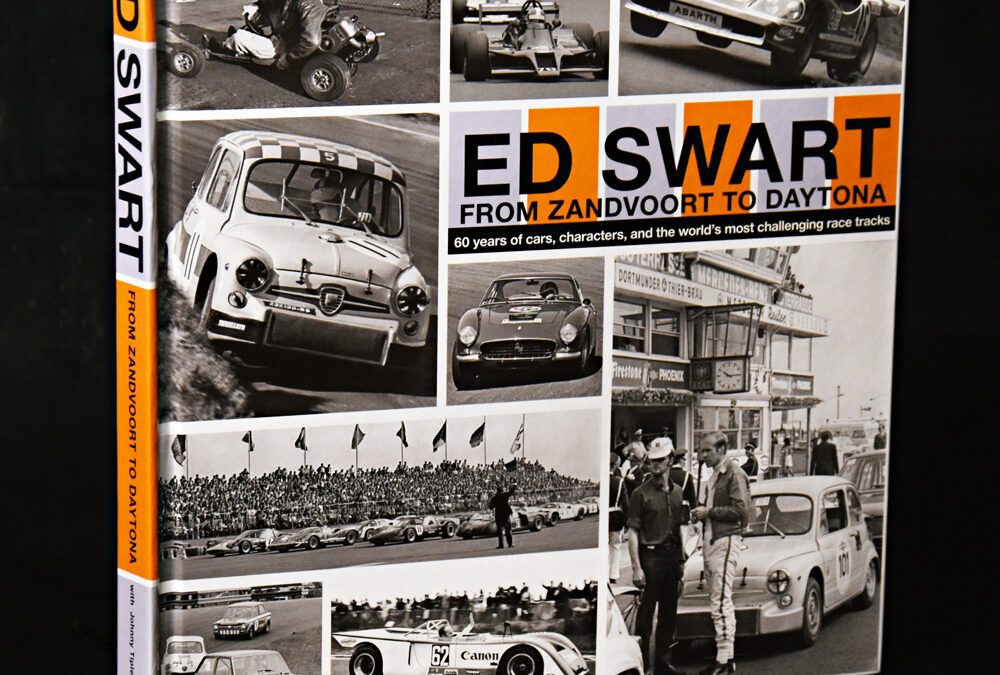
Anyone who drove racing cars in the 1960s and ’70s has a wealth of stories to tell, and Ed Swart is no exception. Having competed at international level in touring cars – winning the 1965 European Touring Car Championship Division 1 in the process – and been a front-runner in the European 2.0-litre Sportscar Championship in the late ’60s and early ’70s, as well as helming GTs, sports-prototypes and running an international race circuit – Zandvoort, no less – Ed Swart has more to say about the period than most people. And whilst most drivers from that era retired long ago, Ed has kept on keeping on racing through historic racing. This is the fascinating account of his life, immersed continuously in top-line motor sport.
Just like Sir Stirling Moss did back in the day, Ed Swart scrupulously kept a diary of his racing actions, based on scrapbooks of press clippings, which provides us with an unparalleled record of the crowded schedule of the pro-am racing circus during that heady decade and a half.
This fascinating 10×10-inch, 192-page hardback book, contains over 300 photographs and tell the story of racer Ed Swart who started his motorsport career rallying at the age of 18 and was soon involved in the early days of karting. As Ed’s father was a distributor for Fiat, based in the Hague, early on Ed was obliged to race only Fiat cars, under the title Scuderia Auto Swart – or Team S.A.S, but after he spent a year in Italy at the Fiat school and Abarth factory, he started racing Fiat-Abarth production cars. Ed raced for five years with the Works Abarth team, winning the 1965 and 1968 class Championships. In 1969, when Carlo Abarth produced a genuine 2-litre sports car, Ed bought one to compete in the FIA 2.0-litre Sports/Prototype Championship. After the Abarth company was sold to Fiat and no longer making race cars Ed became a true Chevron fan and has raced them ever since, both on a professional basis in Europe and then after he moved to the USA in historic racing.
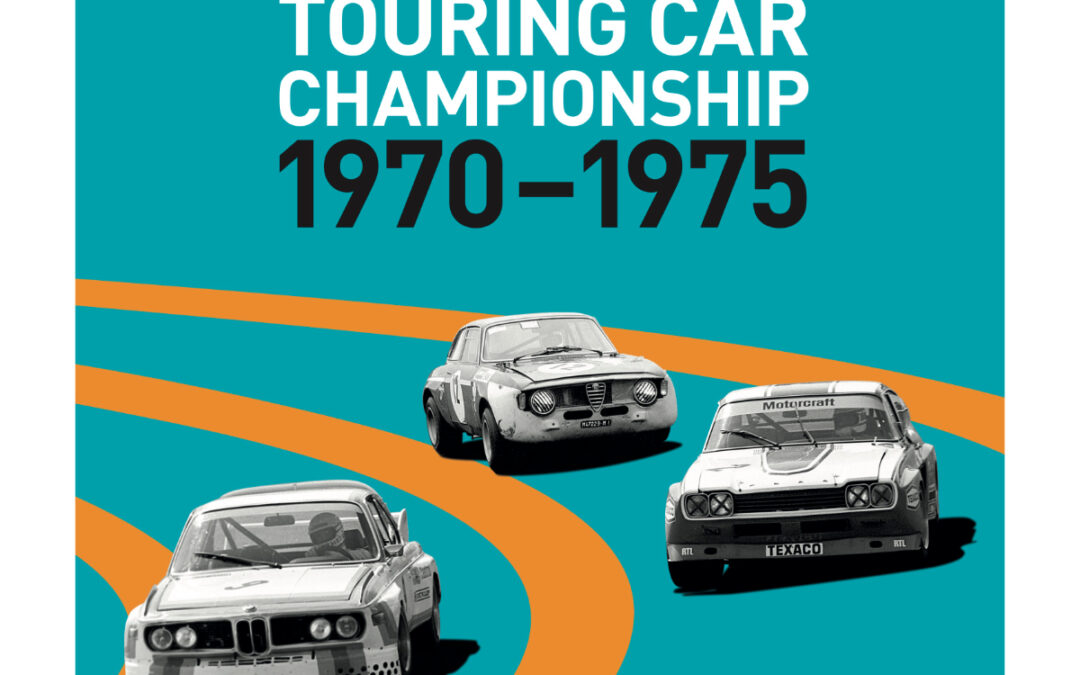
The first half of the 1970s was a golden era for touring car racing. The battles between Ford and BMW are legendary, while Alfa Romeo played its own important part in deciding races and championships.
In Germany touring cars provided a platform for young drivers to launch international careers. Jochen Mass, Hans-Joachim Stuck, Hans Heyer and Klaus Ludwig all started their careers in tin-tops.
In the European Touring Car Championship, they didn’t just come up against national and international touring car warhorses like Toine Hezemans, Dieter Glemser, Gian Luigi Picchi, Dieter Quester and Carlo Facetti, but also Formula 1 stars current and future like Jackie Stewart and Niki Lauda.
This book delves into exciting races from the era and details the technology behind all of the important cars, including those from Abarth, Chevrolet, Fiat, Mazda, Mercedes and Opel. It’s a comprehensive overview of a fascinating time in touring car racing.
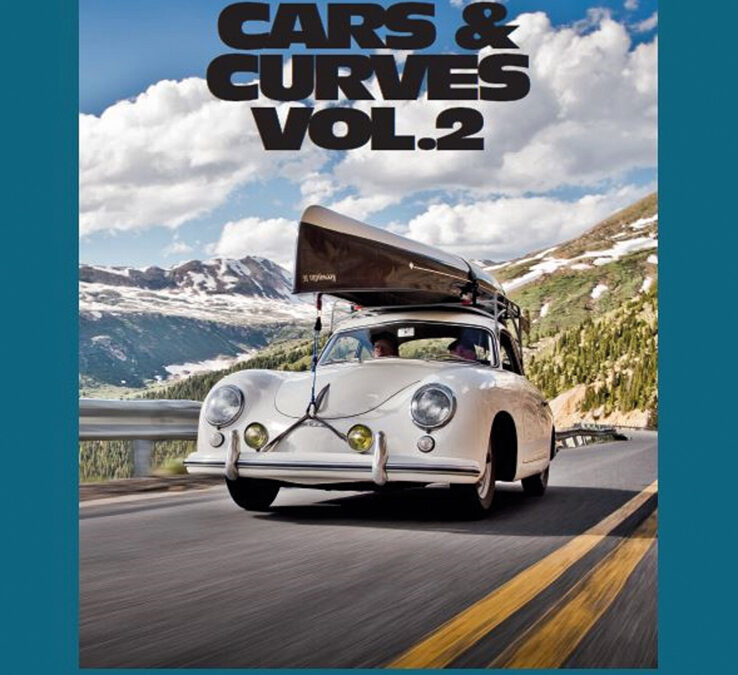
Following on from Cars & Curves Volume 1, Volume 2 gathers an exquisite selection of the best and rarest Porsche models, including the 908, 962, 718 Spyder, and Carrera Abarth, and follows them through awe-inspiring terrain. The action-packed photos, often taken from helicopters, are accompanied by powerfully written texts by Ben Winter, which complement the fascinating images and make the impressive routes feel like the real thing – as if you were at the wheel. What are you waiting for? Leaf through, buckle up and drive off!
Text in English and German.
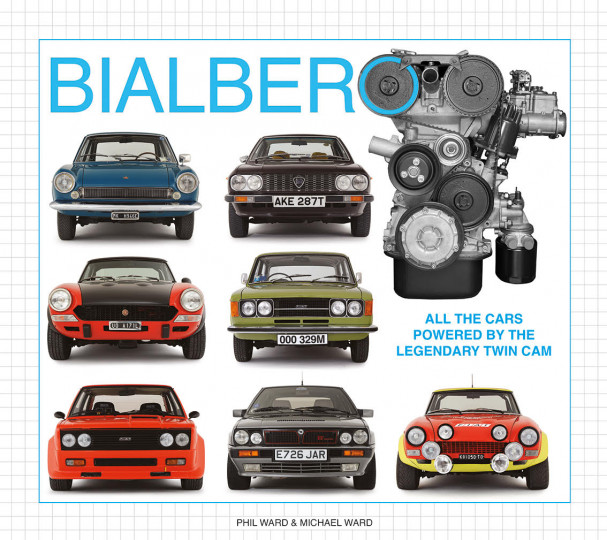
A new 304 page fully illustrated colour book with over 900 photographs, many never before published, based on all the Fiats, Lancias and Alfa Romeos that are powered by Aurelio Lampredi’s superb twin cam engine.
While some elements of the book are an expansion of the earlier works by the same author, the early chapters now include extracts from road tests by Auto Italia’s writers.
Also included in the first part of the book are one-offs and concepts like the Stola Dedica, Lancia Magia and Grama 2
‘Puntograle’, while modified cars include a 180bhp twin cam-engined Lada ‘124’ and a superb Abarth OT1600 tribute.
The second half of the book is dedicated to hands-on maintenance and restoration advice of a selection of popular classic twin cams. There is also the added bonus of invaluable, expert tuning information by the renowned and sadly recently deceased twin cam race engine preparer, Guy Croft.
This much anticipated publication is prolifically illustrated throughout with high quality photography of real world cars from collections and dynamic images from Auto Italia’s archives.
Many of the featured cars are owned by the magazine’s readers, in addition there is also a gallery of restored twin cams from around the world.
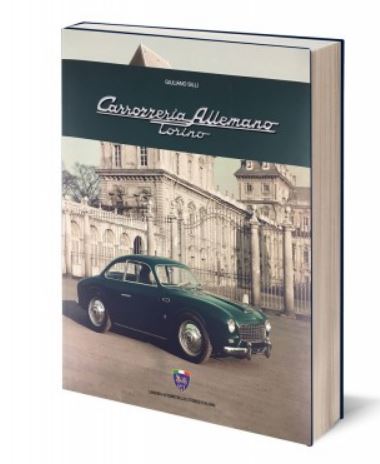
The story of Serafino Allemano in the first fifteen / twenty years immediately after the Second World War, when the most established names of the moment, such as Pininfarina or Bertone, were the spearhead of Italian Carrozzeria. Thanks to the collaboration with Giovanni Michelotti and an executive quality of other times, Carrozzeria Allemano managed to secure a leading position in the history of Italian Style; prestigious atelier from which cars such as the Coupé FIAT 1100 TV, the Maserati 5000 GT, all the Abarth touring cars of the early Sixties were released. They are just some of the many examples of the great esteem obtained by the most prestigious national and international car manufacturers, one of which, the Japanese Prince, allowed Allemano to achieve a record: having opened new opportunities for Italian creativity in the land of the Rising Sun.
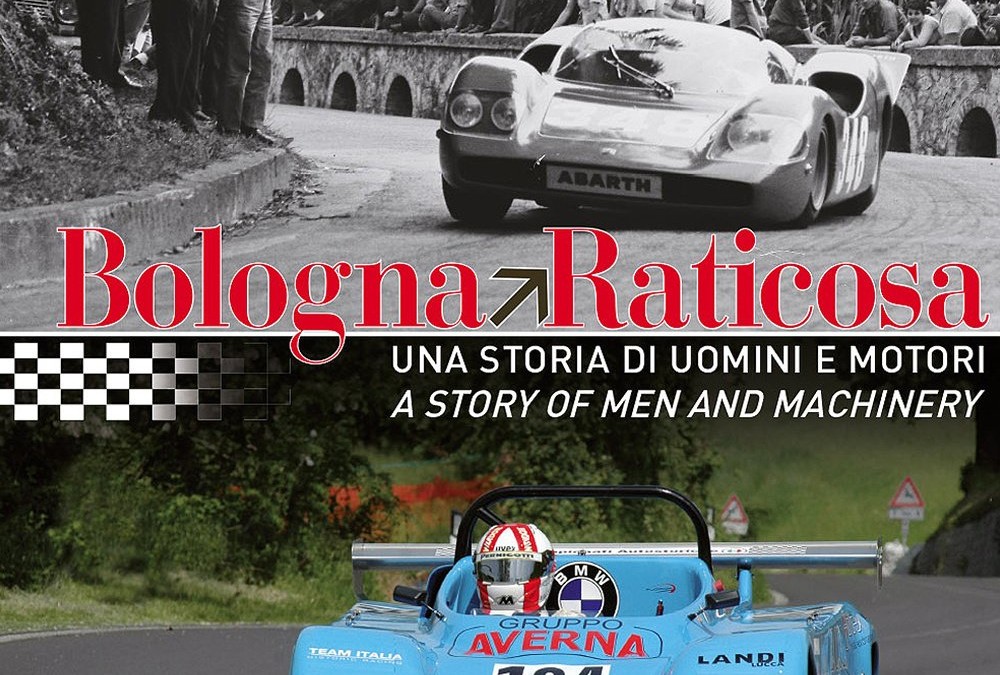
A place of absolute significance during Italy’s golden age of hillclimbing has to go to the Bologna-Raticosa. As well as the pioneering first event way back in 1926, the hillclimb was at its peak from 1950 until 1969. Its winners included Bracco, Cabianca, Palmieri, Castellotti, Govoni, Herrmann, Moioli or Noris, Ortner and Venturi. And the cars they drove included Ferraris, OSCAs, Maseratis and Abarths. So along its more than 43 km route – it was reduced to not much more than 32 km from 1962 – raced some of the greatest drivers of the period. Then, after a long silence, the Bologna made its comeback in 2001, first as an invitation race and then as a round in the Italian Vintage Car Speed Championship. The man who tells the story of this great classic is Carlo Dolcini, author of a number of books on the Mille Miglia, who covers again this historic event, and Francesco Amante, the tireless organiser and promoter of the most recent Bologna events. So for the first time, the entire story of the Bologna-Raticosa is told in a book that boasts a wealth of historic and modern illustrations as well as the complete results of the hillclimb.

Jonathan Williams was born in Cairo in 1942 where his father James, a non-career officer in the RAF, was stationed. He grew up at Endsleigh School in Colchester which his father owned and ran as headmaster, before being “sentenced” to four years at Cheltenham College, followed by a brief tenure at the Chelsea College of Engineering, an establishment attended briefly by the likes of Mike Hawthorn and Stirling Moss. Having had his fill of education, Jonathan struck out on his own to become a racing driver, climbing the ranks of the cut-and-thrust world of Formula 3 in the early 60s to employment by the Italian De Sanctis team from Rome, then Ferrari for the 1967 season. From Ferrari, Jonathan moved to Abarth, Serenissima then de Tomaso, rounding out his racing career driving the Solar Productions Porsche 908 camera car at Le Mans in 1970, then doing a stint as a stunt driver on Steve McQueen’s classic film. Retiring from racing in 1971, he flew corporate jets for twenty years before trading that life in for one in a VW camper, then a small motorhome, drifting through Europe for two decades, visiting friends and enjoying life. In his own words, Shooting Star On A Prancing Horse tells Jonathan’s story, on and off the track, until his untimely death in 2014.
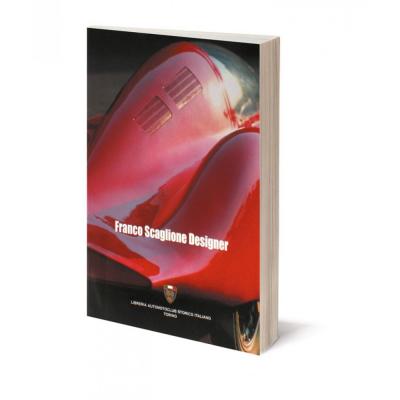
SOLD OUT AWAITING PUBLISHER RE-PRINT
The first volume of the ASI series on Designers.
As the designer of such icons as the Giulietta Sprint,and Sprint Speciale, the Alfa Romeo B.A.T. cars,Maserati 3500 and countless others for Bertone, Abarth, Porsche and even Corvette, Scaglione has left an indelible mark in the history of design.
Many period photographs.
Text in English and Italian
The definitive catalog of all Abarth Cars. Includes photos and specifications for all models.
English and Japanese text.
456 pages
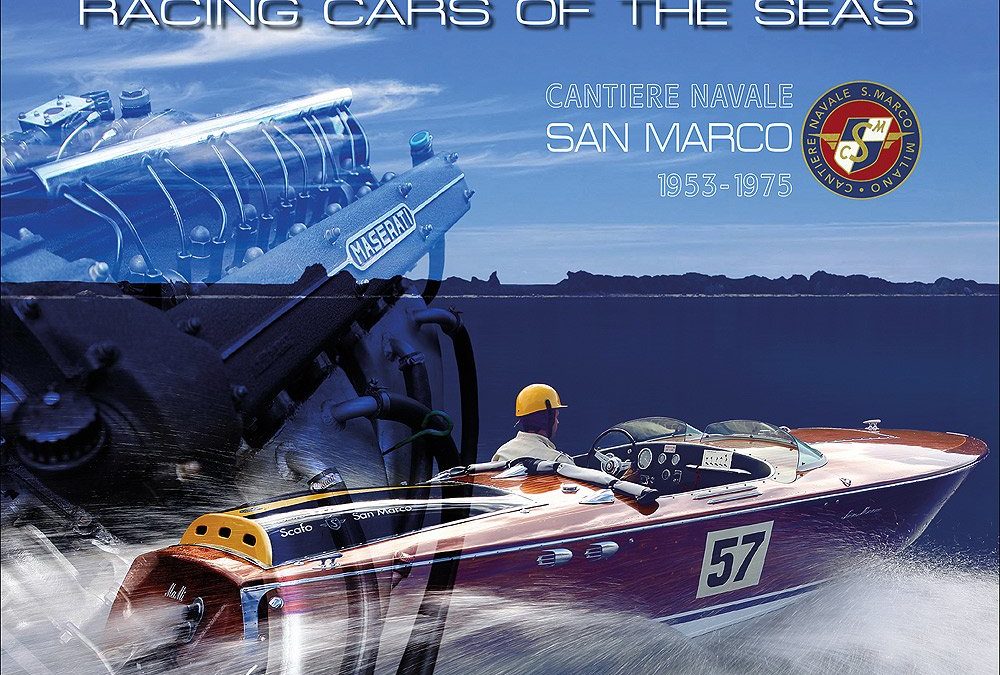
From 1954 to 1975, the Milan-based San Marco boatyard wrote some of the most interesting pages in the post-war history of powerboating. San Marco is the only yard that has extensively used Italian car engines for both its racing and production boats, including those of Ferrari, Maserati, Alfa Romeo, Lancia, Fiat and Abarth. The yard produced such models as the 600 Del Mare, Giulietta del Mare, Appia; all fast and prestigious wooden runabouts with elegant lines and refined details. Like a fashion designer or a famous Italian coachbuilder, for over 20 years Oscar Scarpa, founder of the yard, promoted a tradition of excellence, building several hundred exclusive boats with his son Sandro each with unique specifications, either technical or aesthetic, and all beautifully finished. The San Marco boatyard has also enjoyed a successful racing career, with more than 30 world speed records and hundreds of victories to its credit at the highest competitive level – often with Oscar Scarpa in the driver’s seat! This book is both a tribute to the full history of the San Marco boatyard and its unique contribution to the world of speed boats. Racing Cars of the Seas is illustrated with a remarkable collection of hundreds of unpublished archival documents and photographs, as well as detailed information, including extensive production and racing records.
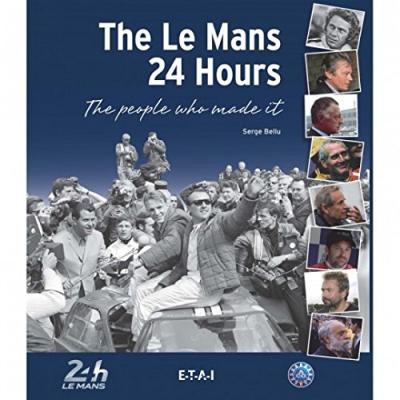
It would seem everything has been said and written about the 24 Hours of Le Mans and the history, starting with the first race in 1923.
No previous work has explored the personalities that have shaped the legendary race. Engineers, designers and – of course – drivers, these individuals are as much a part of the story as the cars.
Indeed, the race is an environment for collaboration and exchange of professional and human experience.In this context the contribution of different stakeholders provides a universal scale in the 24 Hours of Le Mans.
The birth of the race was made possible by an elite group consisting of individuals who have a direct or indirect role in the automotive industry. These famous and influential men give a special luster to the event.
In the second chapter of the book, the author emphasizes the role of engineers who take advantage of the event to experiment with new and innovative techniques, while artists, especially visual artists, find an opportunity to let free rein to their imagination in decorating the cars.
On the other hand, the enlightened and talented amateurs, called gentlemen-drivers, provide a unique panache to the 24 Hours of Le Mans. Not to mention the contribution of anonymous backstage workers such ss volunteers, commissioners, tracks marshals and doctors.
Serge Bellu is an expert in design and automotive history, frequent contributor to several magazines and the author of several books including “Abarth – The Rebirth” and “500 extraordinary cars – The adventure of the concept car.”


